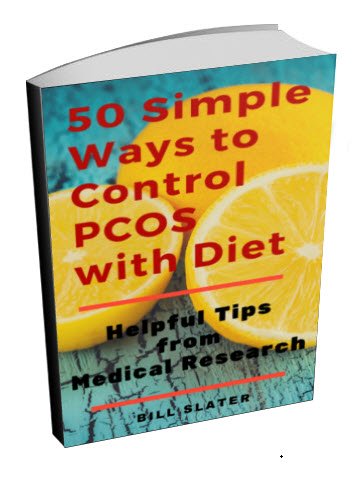PCOS diet: many unanswered questions still
Hi,
I'm wondering about using soaked and/or sprouted/fermented grains, possibly gluten-free also, compared to typical whole grains used as in your book.
Wondering about using raw, unhomogenized dairy products, preferably fermented/cultured, instead of typical pasteurized, homogenized, synthetic Vit A & D added dairy as in your book.
Wondering if anyone will ever do studies on these real foods instead, so we can finally truly have the info needed to make nutritional choices.
Wondering about the use of soaked/sprouted/fermented beans and nuts and seeds as compared to typical use as in your book.
I have found a great line to remember when hungry, Eat Only Food That Can Rot. :) Keeps me unprocessed! (but oh, my produce bills LOL)
~~~~~~~~~~~~~~
Editor's comments: Not exactly sure what you're asking. But I would say in general that soaked, sprouted, and in some cases fermented, grains, legumes, nuts and seeds are preferred.
From here on, I'll refer to "seeds" to include seeds, legumes, grain or nuts.
The soaking process signals the seed to start sprouting. Anti-nutrients that were protecting the seed are dissolved, thus making the soaked seed more digestible. In some cases, for example, a large nut like an almond, "purists" would also remove the outer skin.
After soaking, the seed may be sprouted. As it sprouts, it assumes some aspects of a vegetable while retaining nearly all of the nutrients of the seed. Sprouts are an excellent food.
Fermenting of seeds is not necessary, although some have a different view on this. For example, fermented soybean products are a major food in Asia. Of course, if you ferment grains, you could end up with alcohol.
As for milk, pasteurization denatures milk components and thus makes milk a less desirable food. Cultured dairy products such as yogurt or kefir are preferred.
Homogenized milk in particular has been shown to be quite unhealthy and should be entirely avoided.
The vitamin D added to milk and other food products is in most cases an inferior vitamin D2, not the preferred vitamin D3.
Epidemiological studies have examined societies that ate primitive, less cooked foods and then later started eating a modern "Western" diet. A great example of this is the Eskimos. They were quite health living off the land until white traders came upon the scene and started offering them canned goods, sugar and other modern diet stapes. Today, this group has very high levels of chronic diseases, such as diabetes.
More contemporary examples are China and Japan. The incidence of chronic disease is increasing as their diets become more Westernized.
"Eat only food that can rot" isn't as crazy as it sounds. There are numerous manufactured foods that have a shelf life of months or even years. Such foods do not build your health.
Get Answers to your Questions about
- Fertility
- Weight Control
- Hair Loss
- Stress
- Unwanted Hair
- Acne...and more!
FREE PCOS Report
and Newsletter

Your email is safe with us. We respect your privacy, and you may unsubscribe at any time.
Recent Articles
-
PCOS Long Journey to The Happy End
Apr 30, 18 07:24 PM
Hi Girls, Maybe my story will have one day a good end but I am not there yet. Until I was 31 years old I lived my dream, having lovely husband, good -
PCOS and Miscarriage
Apr 17, 18 04:03 PM
Proper diet and natural supplements can help the body maintain a pregnancy through successful delivery.
-
How to Deal with PCOS and Stress
Apr 04, 18 04:19 PM
Your body has a natural capacity to heal itself if you provide it with the necessary tools.





